Weathering and Erosion Worksheets 3rd Grade
Are you in search of engaging and educational resources to teach your 3rd-grade students about weathering and erosion? Look no further! Our collection of worksheets is designed to help young learners understand the processes of weathering and erosion, while also reinforcing their knowledge of key concepts and vocabulary.
Table of Images 👆
More 3rd Grade Worksheets
Telling Time Worksheets 3rd GradeTime Worksheets for 3rd Grade
3rd Grade Reading Comprehension Worksheets
Multiplication Worksheets for 3rd Grade
3rd Grade Math Division Worksheets Printable
Short Reading Comprehension Worksheets 3rd Grade
Soil Worksheets for 3rd Grade
Cursive Writing Worksheets for 3rd Grade
3rd Grade Multiplication Properties Worksheet
First Day of School Worksheets 3rd Grade
What is weathering?
Weathering is the process by which rocks, soils, and minerals are broken down and eroded through exposure to the earth's atmosphere, water, and biological organisms. There are two types of weathering: mechanical weathering, which involves physical breaking down of materials, and chemical weathering, which involves chemical reactions that break down minerals. Weathering plays a critical role in shaping the Earth's surface over long periods of time.
What are the different types of weathering?
The two main types of weathering are mechanical weathering, which involves physical processes like freezing, thawing, and abrasion that break down rocks into smaller fragments without changing their chemical composition, and chemical weathering, which involves the alteration of the chemical composition of rocks through processes like oxidation, hydrolysis, and dissolution. These two types of weathering often work together to break down rocks and minerals over time.
How does physical weathering occur?
Physical weathering occurs through processes such as freeze-thaw, thermal expansion and contraction, abrasion by wind or water, and biological activity. In freeze-thaw weathering, water seeps into cracks in rocks and freezes, expanding and causing the rock to break. Thermal expansion and contraction occurs when rocks expand and contract in response to temperature changes, leading to stress and fracturing. Abrasion by wind or water involves the wearing down of rock surfaces due to the impact of particles carried by wind or water. Finally, biological activity refers to the physical weathering caused by plant roots growing into cracks and expanding, eventually breaking apart the rock.
What are some examples of physical weathering?
Some examples of physical weathering include freeze-thaw cycles, which occur when water seeps into cracks in rocks, freezes, expands, and then thaws, causing the rock to break apart; salt crystallization, where salt crystals grow in cracks and push the rock apart as they expand; and exfoliation, where layers of rock peel off due to changes in pressure and temperature. Other examples include abrasion from wind-blown sand or water, plant root growth causing rocks to break apart, and the expansion and contraction of rocks due to heating and cooling.
What is chemical weathering?
Chemical weathering is the process by which rocks and minerals are broken down and altered through chemical reactions, often involving water, oxygen, acids, or other substances. This can lead to the breakdown of minerals in a rock, causing it to weaken and disintegrate over time. Acid rain, oxidation, and hydrolysis are common mechanisms of chemical weathering that act to transform rocks and minerals into new forms.
How does chemical weathering occur?
Chemical weathering occurs when minerals in rocks are broken down and altered through chemical reactions with water, oxygen, acids, and other substances in the environment. These reactions can dissolve, corrode, or transform minerals into different compounds, leading to the physical breakdown of rocks over time. Factors such as temperature, moisture, and the presence of certain chemicals can accelerate the process of chemical weathering, ultimately leading to the erosion and decomposition of rocks.
What are some examples of chemical weathering?
Some examples of chemical weathering include oxidation, where minerals react with oxygen in the air or water to form new compounds, hydrolysis, where minerals react with water to break down into new minerals, and dissolution, where minerals dissolve in water. Additionally, acid rain can also contribute to chemical weathering by reacting with minerals and causing them to break down.
What is erosion?
Erosion is the process by which rocks, soil, or sediment are gradually worn away and moved from one place to another by the action of water, wind, ice, or gravity. It is a natural process that can occur slowly over time or more rapidly during extreme weather events, leading to the reshaping of landscapes and the formation of features such as valleys, riverbeds, and coastlines.
What are the main agents of erosion?
The main agents of erosion are water, wind, ice, and gravity. Water erosion is caused by flowing water in the form of rain, rivers, and waves, while wind erosion is a result of the movement of air carrying sand and dust particles. Ice erosion occurs when glaciers move over the land, scraping and carrying away materials. Gravity also plays a role in erosion by causing mass movements such as landslides and slumping.
What are some examples of erosion in nature?
Some examples of erosion in nature include the formation of canyons by rivers cutting through rock over time, the wearing away of coastlines by the constant pounding of ocean waves, the shaping of sand dunes by wind carrying sand particles, and the carving of valleys by glaciers moving and scraping across the land.
Have something to share?
Who is Worksheeto?
At Worksheeto, we are committed to delivering an extensive and varied portfolio of superior quality worksheets, designed to address the educational demands of students, educators, and parents.





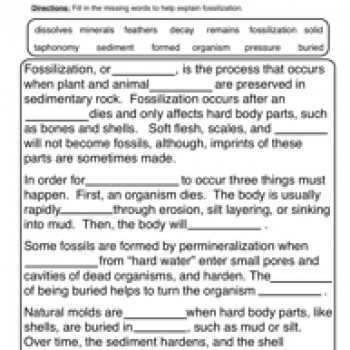
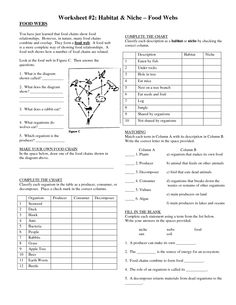
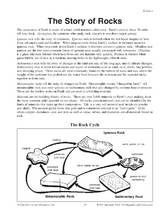
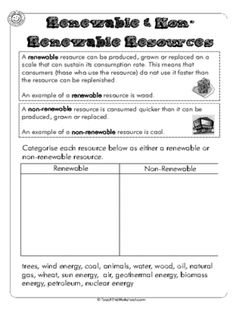
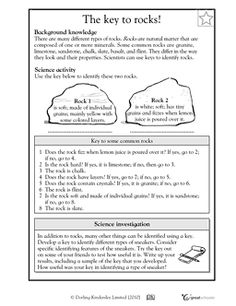
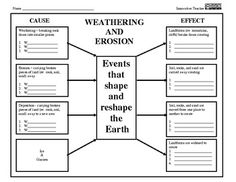
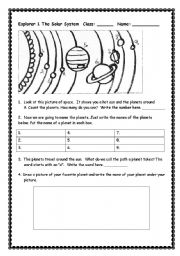
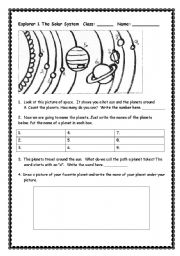
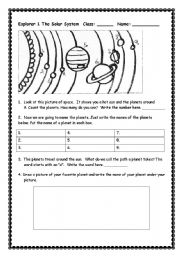
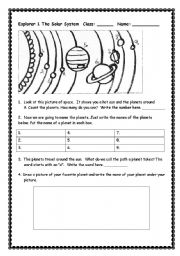
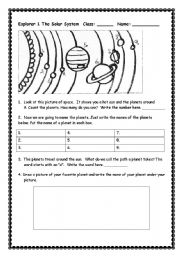
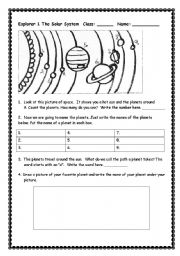

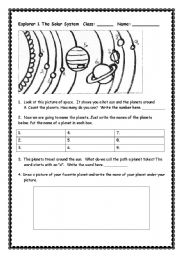














Comments